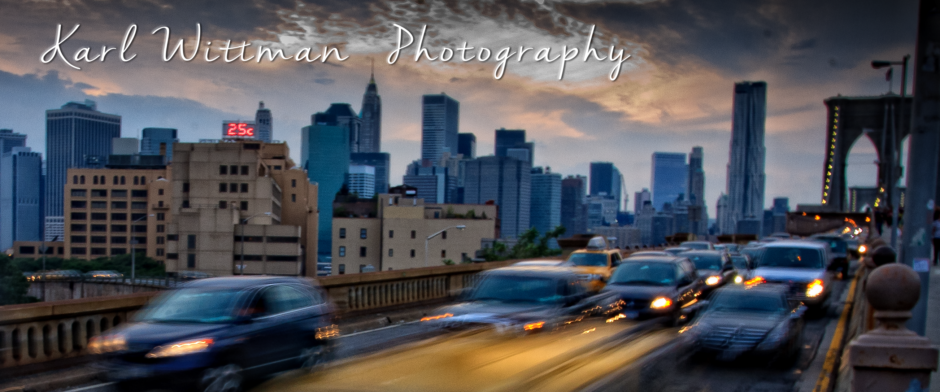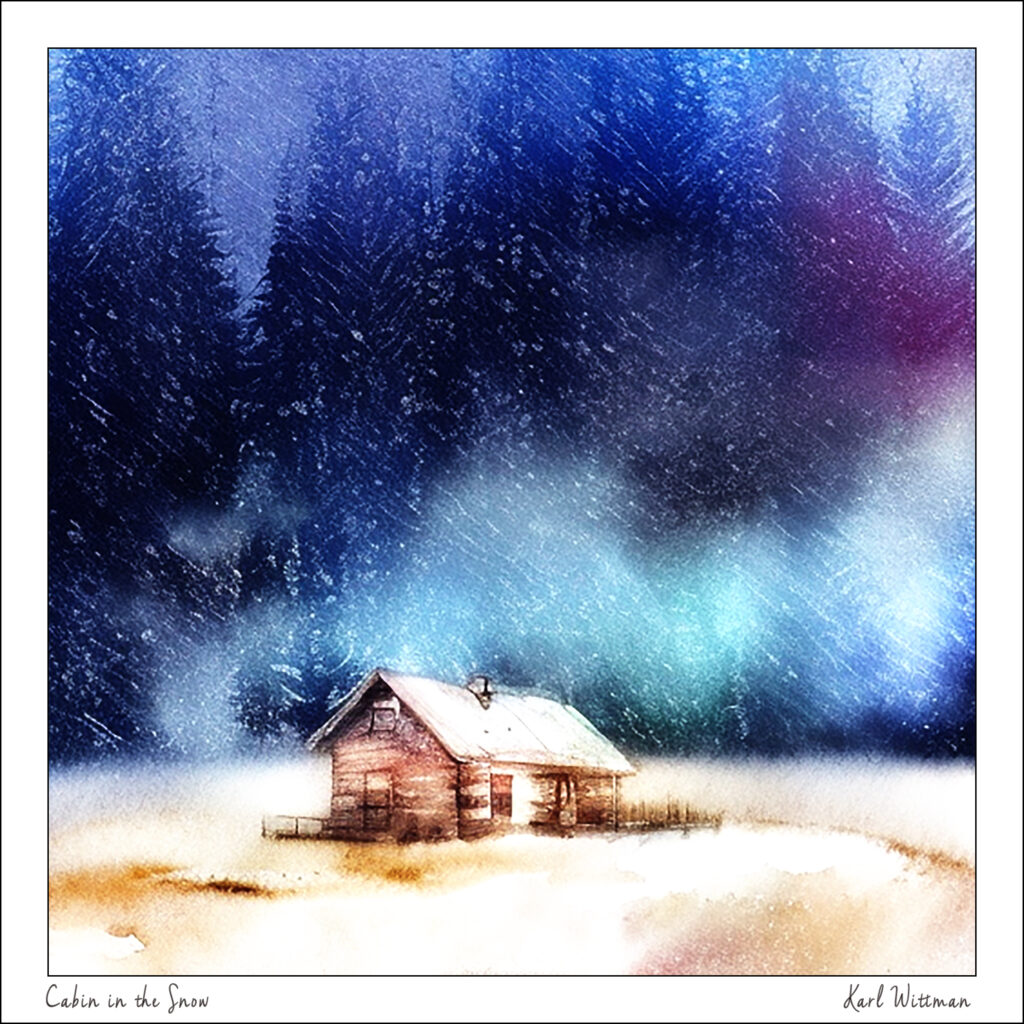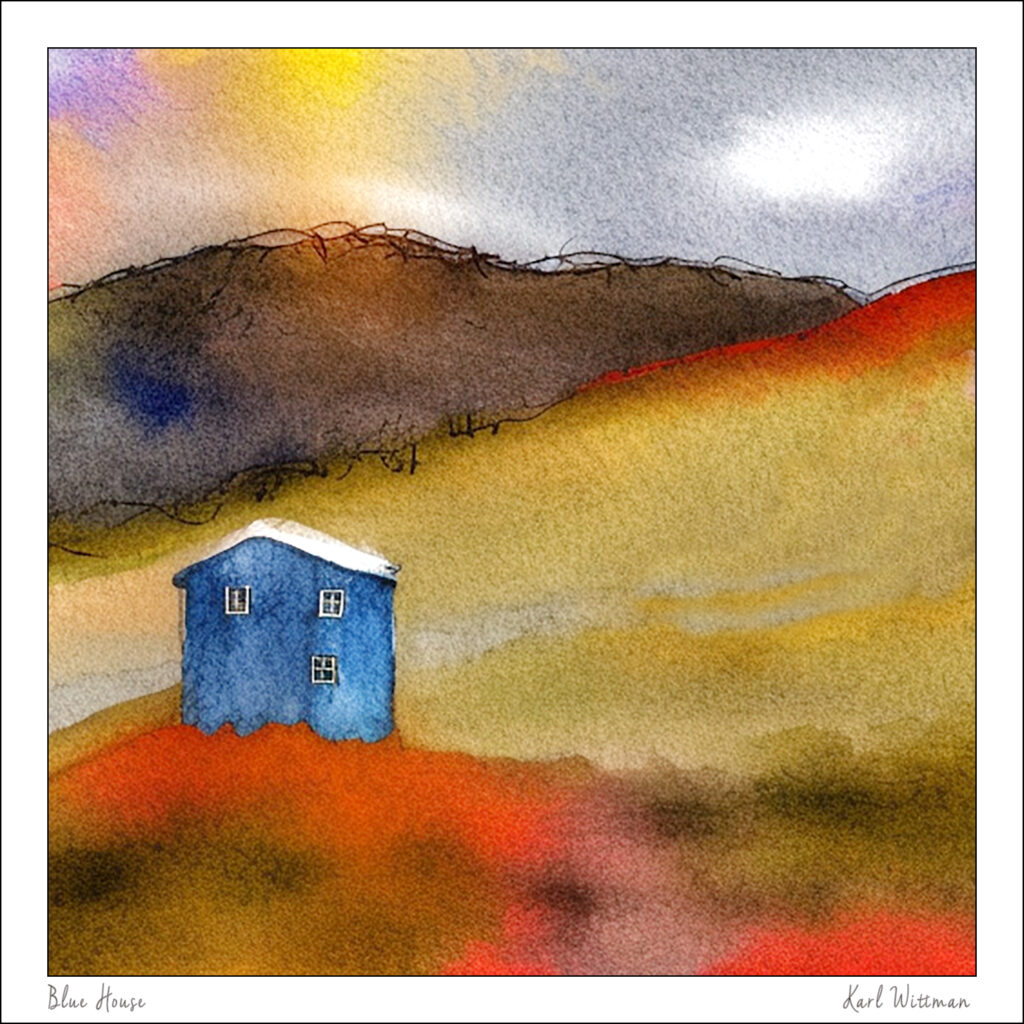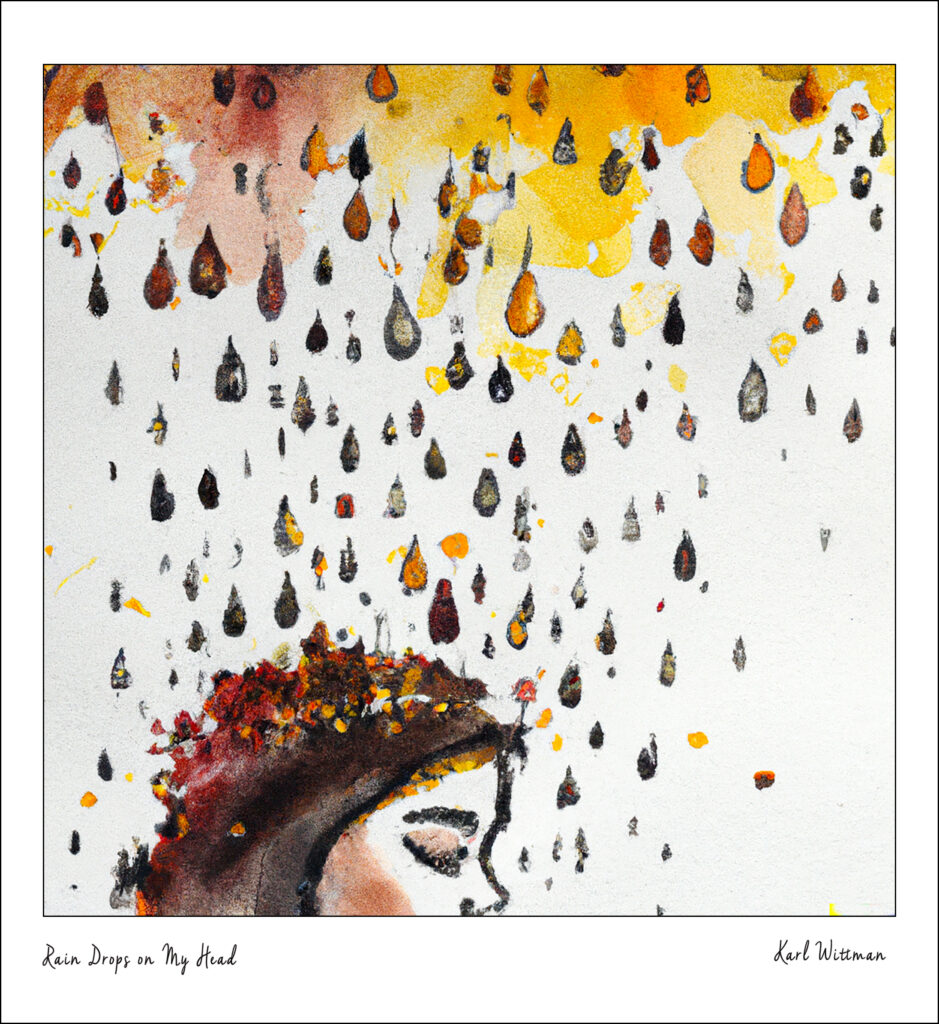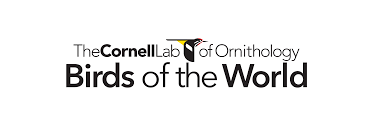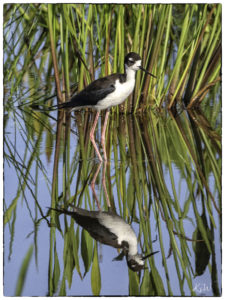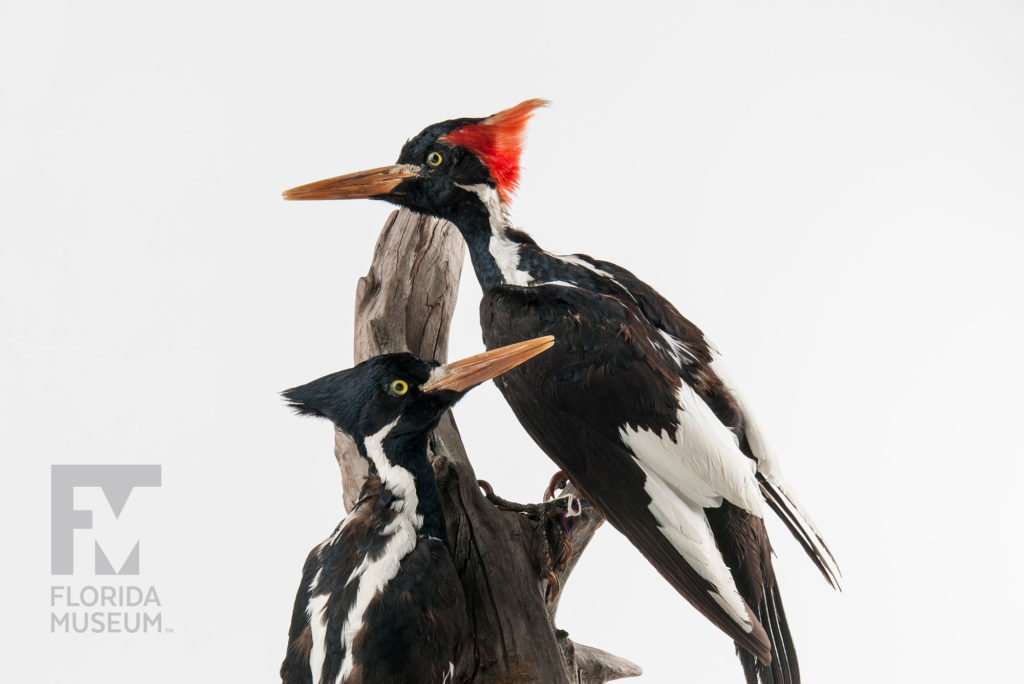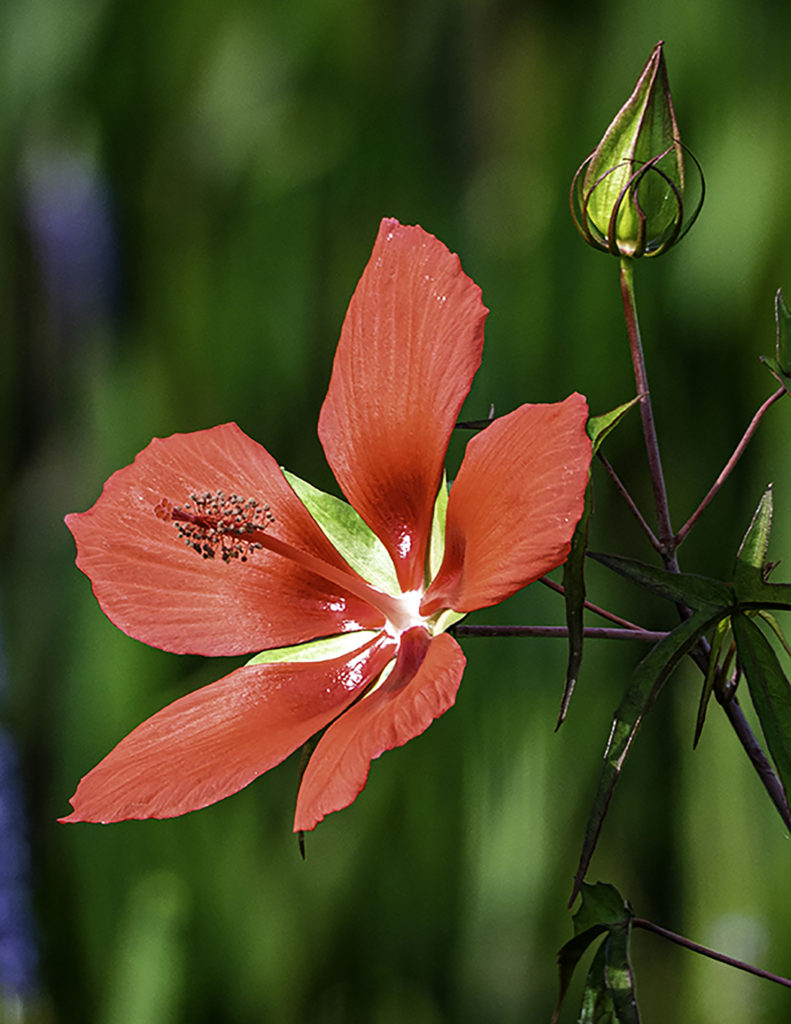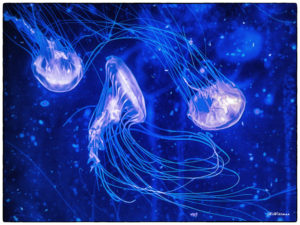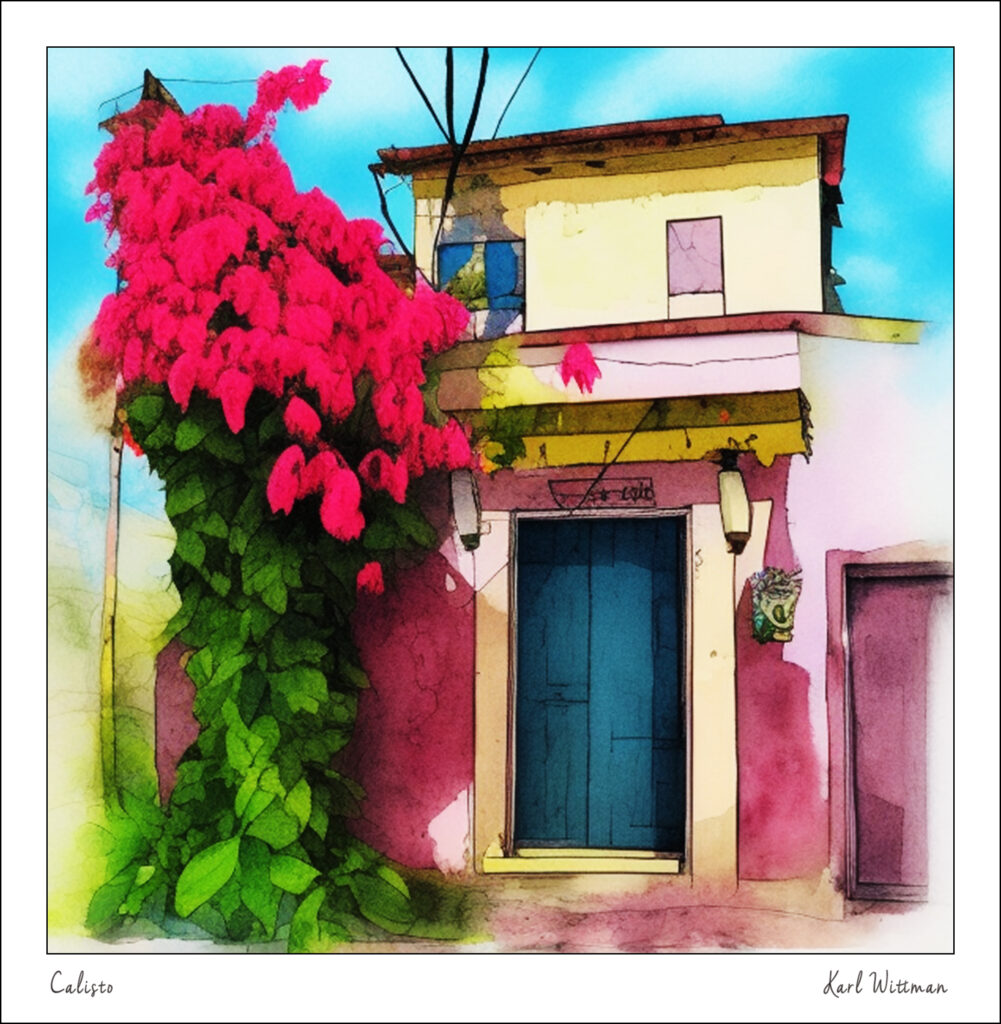
Search
-
Welcome to my photography blog. My posts include an image or two and a little story behind the capture.
Please visit my Photo Gallery where you can view part of my large collection of photographs. Just click on the link above in the main menu. All of my work is available for purchase. Please contact me for a quote.
A note about the masthead: the image was taken on the Brooklyn Bridge at dusk using a slow shutter speed to illustrate the movement of the vehicles and the streaming of their headlights.
Visit my iNaturalist site.
Archives
-
Recent Posts
- Inspired by Paul Klee
- Abstract Lines
- City Colors
- Astrolabe M
- Astrolabe Quad
- Central Park in Autumn
- Celestial Circle
- Carib Cottage
- Abstract Squares
- Adrift
- Calisto
- Cabin in the Snow
- Blue House
- AI Image Generation
- Cornell Birds of the World
- Black-Necked Stilt
- Exctintion!
- Scarlet Rose Mallow
- Jelly Fish
- iNaturalist
